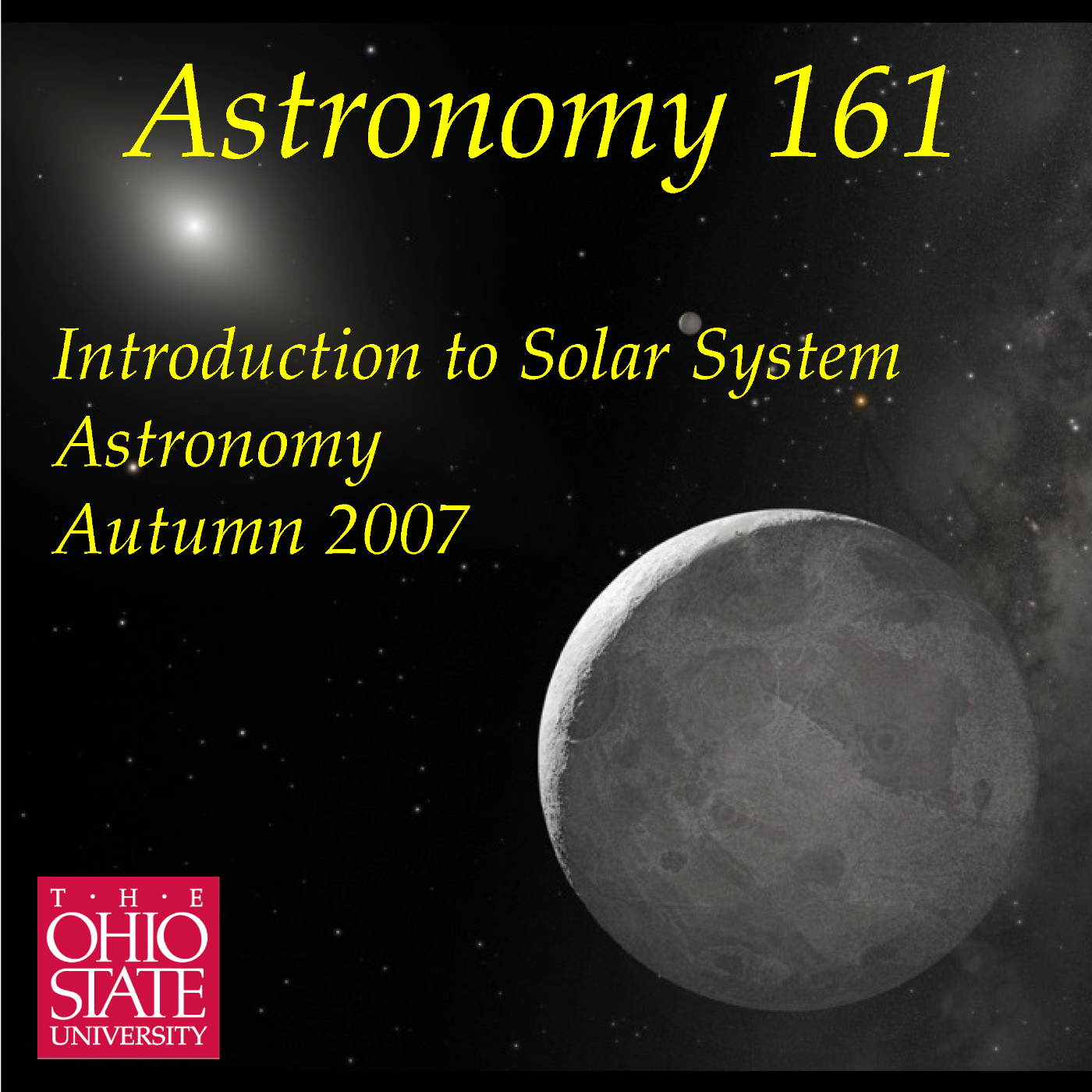Lecture 06: Daily and Annual Motions
Description
Why do celestial objects appear to rise and set every day? How does this
depend on where you are on the Earth, or the time of year? In today's lecture
we we set the heavens into motion and review the two most basic
celestial motions. Apparent Daily Motion reflects the daily rotation of
the Earth about its axis. Apparent Annual Motion reflects the Earth's
annual orbit around the Sun. We introduce the Ecliptic, the Sun's
apparent annual path across the Celestial Sphere, and note four special
locations along the Ecliptic: the Solstices and Equinoxes. This sets
the stage for many of the topics of the rest of this section. Recorded
2007 Sep 26 in 1000 McPherson Lab on the Columbus campus of The Ohio
State University.
More Episodes
A new podcast, Astronomy 141, Life in the Universe, is available
for those interested in continuing an exploration of topics in
modern astronomy.
Published 12/06/09
Published 12/06/09
Are we alone in the Universe? This lecture explores the question of how
we might go about finding life on planets around other stars. Rather
than talking about speculative ideas, like the Drake Equation or SETI, I
am instead taking the approach of posing it as a problem of what to look
for...
Published 11/30/07


